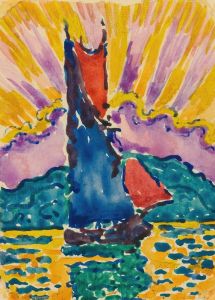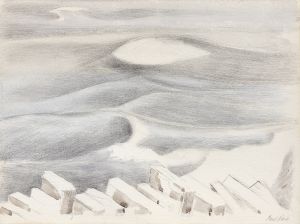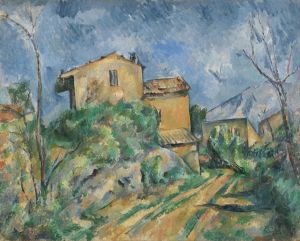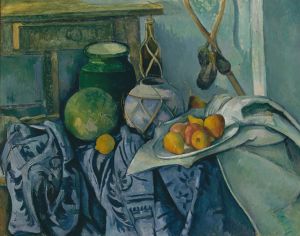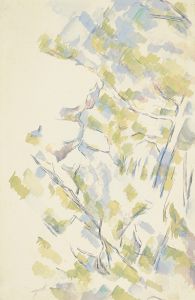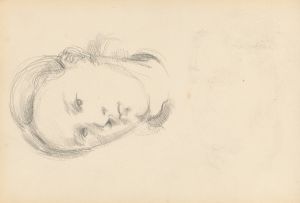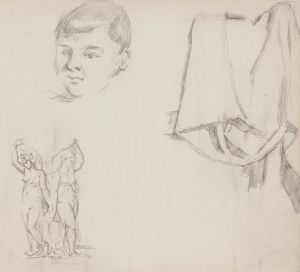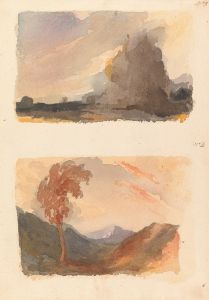
Gardanne
A hand-painted replica of Paul Cézanne’s masterpiece Gardanne, meticulously crafted by professional artists to capture the true essence of the original. Each piece is created with museum-quality canvas and rare mineral pigments, carefully painted by experienced artists with delicate brushstrokes and rich, layered colors to perfectly recreate the texture of the original artwork. Unlike machine-printed reproductions, this hand-painted version brings the painting to life, infused with the artist’s emotions and skill in every stroke. Whether for personal collection or home decoration, it instantly elevates the artistic atmosphere of any space.
"Gardanne" is an oil painting created by the renowned French artist Paul Cézanne around 1885-1886. Cézanne, often hailed as a pivotal figure in the transition from 19th-century Impressionism to 20th-century Cubism, is known for his distinctive approach to form and color, which laid the groundwork for the modern art movement. "Gardanne" exemplifies his innovative style and his fascination with the landscapes of Provence, a region in southern France.
The painting depicts the small town of Gardanne, located near Aix-en-Provence, where Cézanne spent much of his life. This work is part of a series of landscapes Cézanne painted during this period, capturing the essence of the Provençal countryside with its rolling hills, rustic architecture, and vibrant natural light. In "Gardanne," Cézanne presents a view of the town from an elevated perspective, allowing the viewer to take in the clustered buildings, the church tower, and the surrounding landscape.
Cézanne's technique in "Gardanne" reflects his methodical approach to painting. He employed a structured composition, using geometric shapes to represent the buildings and landscape. This approach is evident in the way he simplifies the forms, reducing them to basic geometric shapes such as cubes and cylinders. This technique not only emphasizes the solidity and permanence of the structures but also highlights Cézanne's interest in exploring the underlying geometry of nature.
The color palette of "Gardanne" is characteristic of Cézanne's work, featuring earthy tones and subtle variations of green, blue, and ochre. These colors capture the unique quality of light in Provence and convey a sense of harmony and balance. Cézanne's use of color is not merely representational but also serves to enhance the structural elements of the composition, creating a dynamic interplay between form and color.
Cézanne's "Gardanne" is significant not only for its artistic qualities but also for its influence on future generations of artists. His exploration of form and color, as well as his departure from traditional perspective, inspired many artists who followed, including the Cubists and Fauvists. Cézanne's ability to convey the essence of a landscape through his innovative techniques has earned him a lasting place in the history of art.
Today, "Gardanne" is housed in the Barnes Foundation in Philadelphia, Pennsylvania. The painting is part of the foundation's extensive collection of Impressionist, Post-Impressionist, and early Modern paintings. The Barnes Foundation is known for its unique approach to displaying art, arranging works according to aesthetic principles rather than chronological order, allowing visitors to appreciate the visual connections between different pieces.
In summary, Paul Cézanne's "Gardanne" is a masterful example of his landscape painting, showcasing his revolutionary approach to form and color. Through this work, Cézanne captures the timeless beauty of the Provençal landscape while simultaneously paving the way for the development of modern art.





